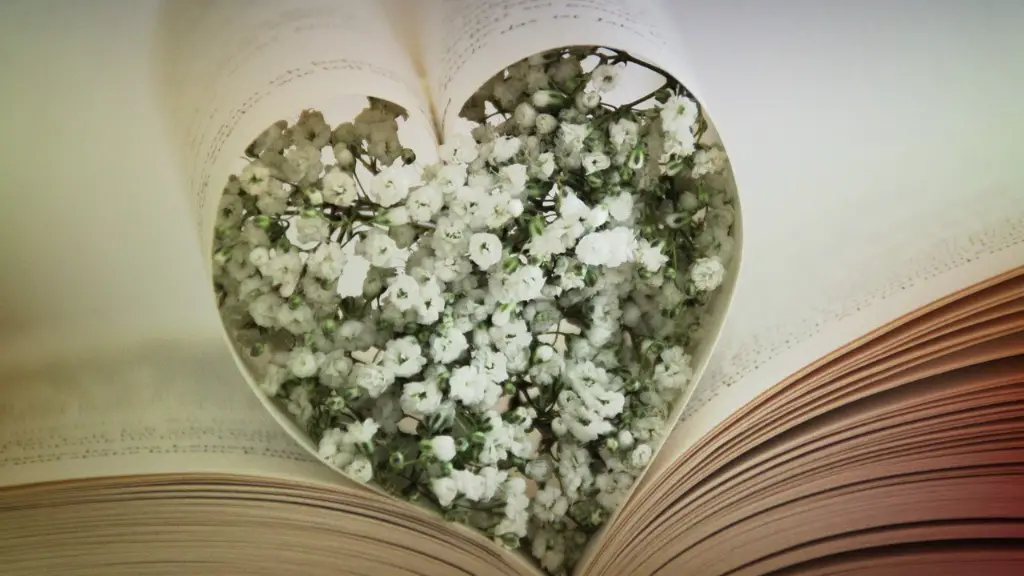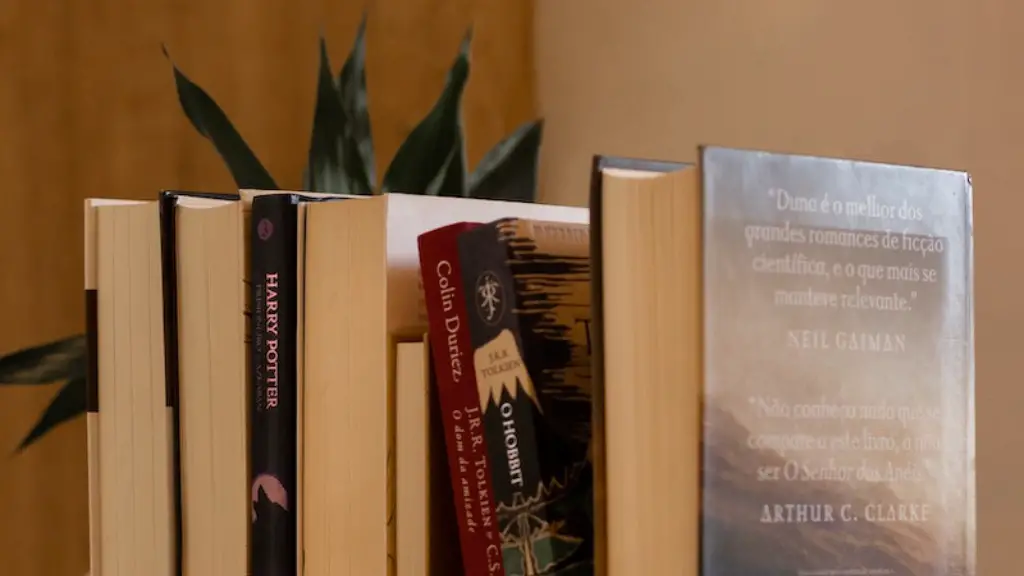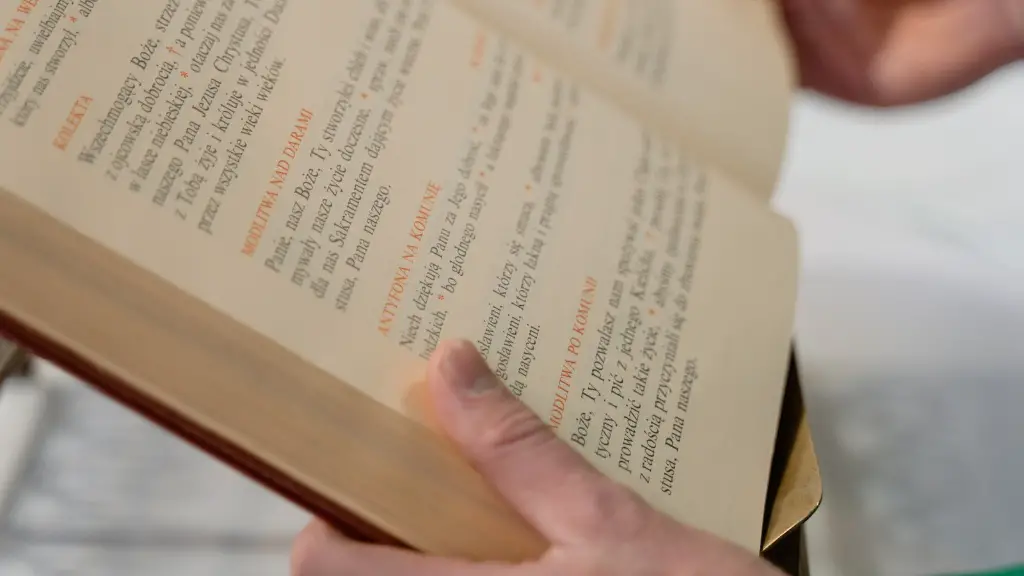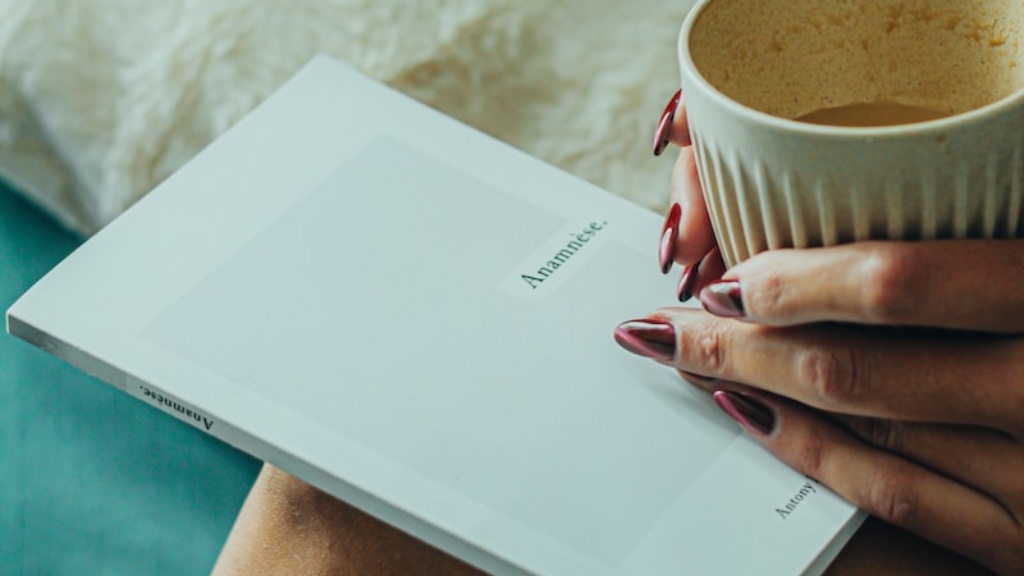Understanding Poetry
Poetry is a literary art form that uses language to convey ideas and evoke emotions. It is traditionally composed in metrical or rhythmic form, with different rhyme schemes, depending on the type of poem being written. Poetry can be read for pleasure, for self-expression, or for education. Learning how to read and appreciate poetry is an enjoyable and rewarding activity. To start reading poetry, it is helpful to have an understanding of its various forms, poetic devices, and interpretations.
Forms of Poetry
Poetry comes in many different forms. It can be written in as few as one line, or stretch as many as multiple pages. The three most common poetic forms are sonnets, haiku, and free verse. Sonnets consist of 14 lines with 10 syllables per line and a particular rhyme scheme. Haiku uses a 5-7-5 structure consisting of 17 syllables in three lines. Free verse poetry is usually written in prose format, which means it doesn’t have to follow a specific rhyme or structure. Each form can convey different kinds of messages and evoke different kinds of emotions. Learning about the different forms of poetry is essential in understanding the genre.
Poetic Devices
In order to create thrilling and memorable works, poets make use of poetic devices to enhance the meaning of their lines. Poetic devices are techniques used to create powerful visuals and evoke strong emotions from the reader. Common poetic devices include repetition, alliteration, onomatopoeia, metaphor, personification, simile, hyperbole and imagery.
When attempting to comprehend the meaning of a certain verse, the techniques used are essential to consider. A well-crafted poem is more than a list of words arranged haphazardly – when devices like rhyme and rhythm, repetition, and imagery come together harmoniously, they create an unforgettable experience.
Reading Poetry Aloud
In order to best appreciate the nuances of a poem, it is recommended to read the poem aloud. This way, one can hear the various sounds created by the combination of words, as well as sense its rhythm and flow. Additionally, reading aloud can help to create an emotional connection with its verse. This is known as the phonetic effect, which is the idea that certain words and sounds have an effect on their listeners.
Proper pronunciation when reading aloud is also important in order to get an accurate interpretation of the poem. Stressing certain syllables or words can have a significant influence on the meaning of the poem. For example, in the line, “I me mine”, the emphasis on the correct word makes the difference between owning something or being owned.
Interpreting Poetry
Once familiar with the forms and devices used in poetry, it is equally important to understand the other aspects of a poem. Perhaps the most challenging part of reading poetry is the interpretation. A poem does not always have a straightforward message, and the symbols and meanings within it are often open to interpretation.
To grasp the hidden meaning behind a poem, it is important to consider the various elements such as tone, punctuation, irony, and imagery. Additionally, considering the overall structure, and how it contributes to the poem’s purpose, can help to draw out the full effects of the poem. Whether it is meant to evoke sadness or joy, poetry always has a deeper meaning that can only be uncovered through thoughtful analysis.
Finding Poetry
Once equipped with the basics of reading and appreciating poetry, one can begin the exciting journey of unearthing beautiful works of poetry. There are countless pieces of writing to explore, so the best place to start is by looking at the works of a particular poet. Reading a few of their poems will provide an insight into their creativity and also a sense of their style. With great poets like William Shakespeare, Robert Frost, and Langston Hughes, there is no lack of beautiful writing to discover.
Adopting a Poetic Perspective
In order to better connect with a poem, one should take inspiration from the poet and see the world from the same perspective. This involves reflecting on the ideas, images, and emotions that a certain poem brings about and assuming the same emotional stance that the poet was in when writing their work. By doing this, one is able to appreciate and understand the poem as if it were as if it were their own.
Expressing Feelings Through Poetry
Writing poetry is another skill that one can learn in order to further appreciate the genre. It is a creative medium that allows the individual to express their own feelings and attitudes towards the world in a powerful way. Crafting verses of poetry can be therapeutic, as it is an expressive outlet and a chance to reflect upon one’s own thoughts, emotions, and life experiences.
Reciting a Poem
The ultimate way to express one’s connection with a poem is to recite it. This requires one to familiarize themselves with the poem and have a strong grasp of its words and emotions. Optimum comprehension of the poem can be attained by reading aloud and practicing with it. Learning a poem by heart, or at least the main verses, is a great skill and a powerful way to express the feelings related to the poem.
Locating a Suitable Audience
When one is comfortable and confident, they can perform their work in front of an audience. Additionally, many groups or organizations (such as Poetry Clubs or Open Mic Nights) offer an outlet for individuals looking to recite their poetry in an encouraging atmosphere. Whether it’s for a packed crowd or just a few people, reciting a poem is an experience that allows one to feel an intimate connection with their work, as well as their audience.
Analyzing a Poem
Analyzing a poem is a great way to further appreciate and understand the words of a poet. The process involves focusing on the defining elements of a poem. This could be rhythm, rhymes, symbols, metaphors, or imagery. Analyzing a poem thoroughly is an effective way to grasp the meaning of a poem and to discover its hidden messages. It is also a great way to create a deeper connection with the work and the poet.
Conclusion
Reading and appreciating poetry is a fulfilling activity for any person. By understanding the various components of poetry, such as its forms, poetic devices, and interpretations, one is equipped with the basic tools necessary to start reading and enjoy this delicate art form. With this newfound ability, one can gain a greater appreciation for the nuances of poetry and have a newfound admiration for the emotion and beauty that arise from its verses.



